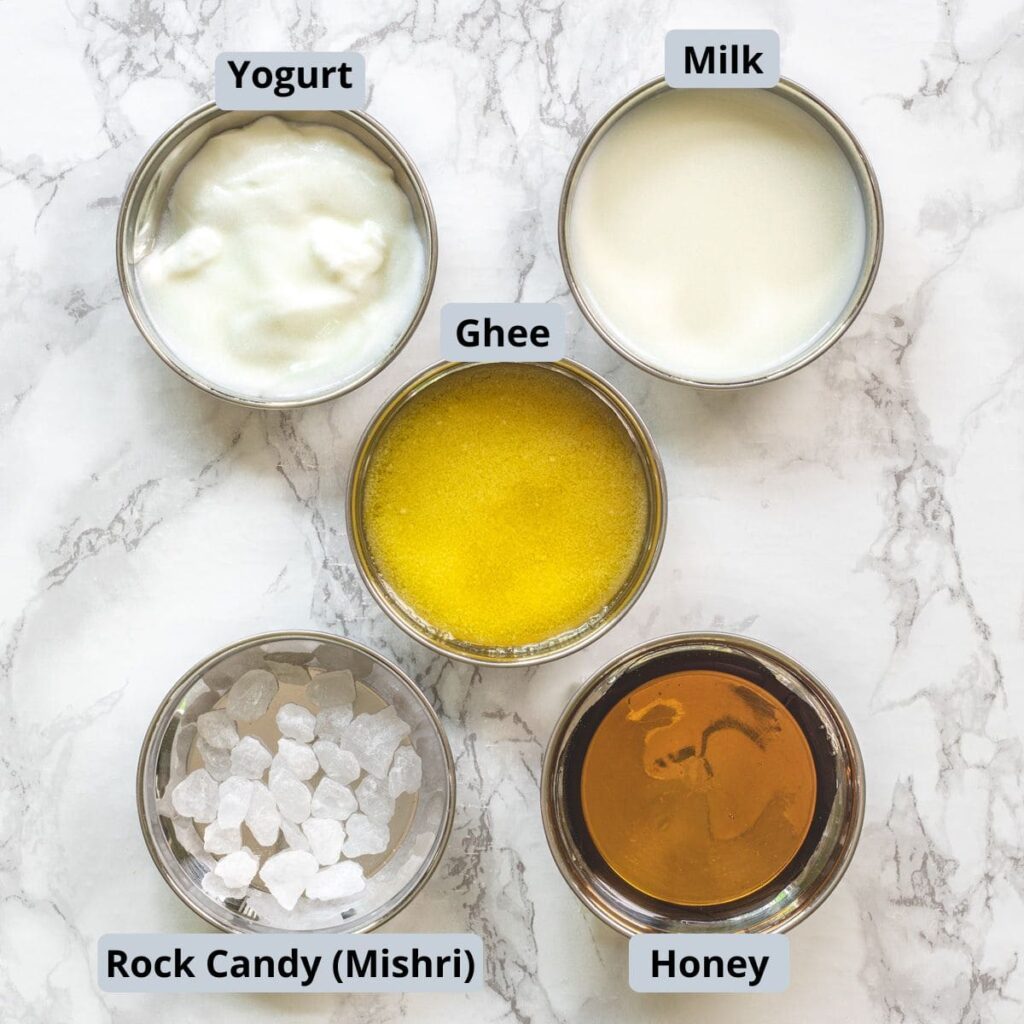Everything about Naivedhyam and Panchamrut The timeless relevance of our religion, Hinduism is that the fundamental principles of spirituality are holistically enmeshed in simple, easy to practice and very scientific rituals that serve continuously to enrich the mind, body, and soul. These practices are so convenient to integrate into one’s lifestyle that personal upliftment is Read More
Ads Blocker Detected!!!
We have detected that you are using extensions to block ads. Please support us by disabling these ads blocker.

